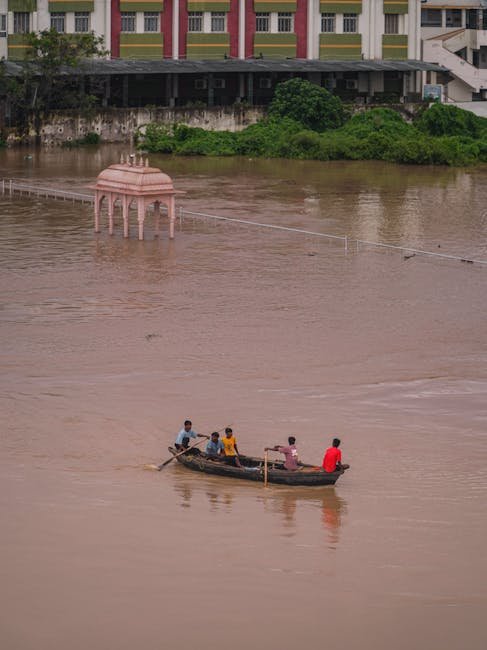Unusually heavy monsoon rains that killed more than 300 people across Pakistan since late June were made 15% more intense by human-caused climate change, according to a new analysis.
The study, by the international initiative World Weather Attribution (WWA), analyzed rainfall from June 24 to July 3 using observational data and climate models. It found that rain-triggered floods in northern Pakistan, the most affected area this monsoon season, have become more common in today’s warmer climate. Such events can be expected every five years.
Fahad Saeed, senior climate scientist at Climate Analytics and co-author of the study, said at a press briefing that while this year’s South Asian monsoon season, from June 26 to Aug. 3, wasn’t record-breaking, “the concentration and timing of the rains proved devastating.”
“In just a few weeks, over 300 lives were lost, mainly due to urban flooding leading to infrastructure collapse,” he said, adding it’s a reminder that even a moderate monsoon season is “capable of triggering widespread disruption when layered upon structural vulnerability, unplanned urban growth and inadequate drainage systems.”
The study highlights that a prolonged heat wave in Pakistan and neighboring countries caused “the atmosphere to draw in more moisture and amplify rainfall when the monsoon system arrived,” Saeed said.
Despite some uncertainty due to the complex geography of the region and the variability of monsoon rainfall, the results align with broader research, including published studies and projections by the Intergovernmental Panel on Climate Change. Simply put, a warmer atmosphere can hold more moisture, leading to heavier rainfall events.
“This underscores that climate change is intensifying extreme rainfall in this region, and highlights the need for stepping away from fossil fuels and also the need for preparing the vulnerable communities living in this region to deal with such extremes,” co-author Mariam Zachariah, a researcher at Imperial College London’s Centre for Environmental Policy, said at the briefing.
The study noted that Pakistan is responsible for 0.5% of historic carbon dioxide emissions and is ranked as 152nd least ready for climate impacts.
During the briefing, Maja Vahlberg, technical adviser at the Red Cross Red Crescent Climate Centre, talked about the “precarious living conditions” of many families in Punjab and Khyber Pakhtunkhwa, the provinces most affected by the monsoon rainfall.
She said many of the deaths occurred in informal settlements called kacchi abadi that are often built along riverbanks, drainage basins and dry riverbeds, putting them at high risk for flooding. The houses are mostly built with mud or rice husks.
Rapid urbanization and conversion of wetlands to farmland contribute to the problem, Vahlberg said.
WWA said adaptation finance is urgently needed in Pakistan.
Banner image of motorists riding through a flooded road caused by heavy monsoon rain in Lahore, Pakistan, on July 10, 2025. Image by AP Photo/K.M. Chaudary.


